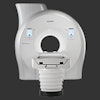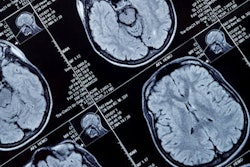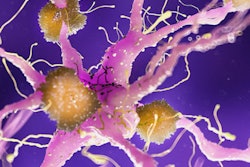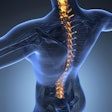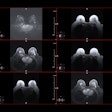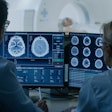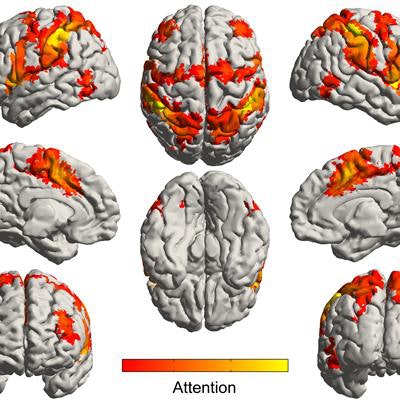
Functional MRI (fMRI) has shown that when you get an uplifting feeling from listening to music, the reaction is due to increased connectivity between certain networks in the brain, according to a study published online April 27 in the Journal of Prevention of Alzheimer's Disease.
Through these findings, researchers from University of Utah Health believe music-based treatments can be developed to help reduce anxiety, depression, and agitation in patients with Alzheimer's disease and dementia.
"People with dementia are confronted by a world that is unfamiliar to them, which causes disorientation and anxiety," said contributing study author Dr. Jeff Anderson, PhD, an associate professor in radiology, in a statement from the university. "We believe music will tap into the salience network of the brain that is still relatively functioning."
For three weeks leading up to the fMRI scans, the researchers helped 17 participants select meaningful songs and trained them and their caregivers on how to use a portable media player loaded with the self-selected collection of music.
They then imaged the brain as the subjects listened to 20-second periods of music and silence. The protocol included eight clips from the subjects' own collections, eight clips of the music played in reverse, and eight blocks of silence (J Prev Alzheimers Dis, April 27, 2018).
The scans revealed that the personal soundtrack activated the brain's visual, salience, and executive networks, as well as the cerebellar and corticocerebellar network pairs, which all showed significantly higher functional connectivity.
 Functional MRI shows brain networks involved in processing attention that become active when listening to music. Image courtesy of University of Utah Health and the Brain Network Lab.
Functional MRI shows brain networks involved in processing attention that become active when listening to music. Image courtesy of University of Utah Health and the Brain Network Lab."This is objective evidence from brain imaging that shows personally meaningful music is an alternative route for communicating with patients who have Alzheimer's disease," said senior author Dr. Norman Foster, director of the University of Utah's Center for Alzheimer's Care, Imaging, and Research. "Language and visual memory pathways are damaged early as the disease progresses, but personalized music programs can activate the brain, especially for patients who are losing contact with their environment."
The group noted that more research is needed to confirm these findings. Study limitations included a small sample size and only one imaging session per patient.


